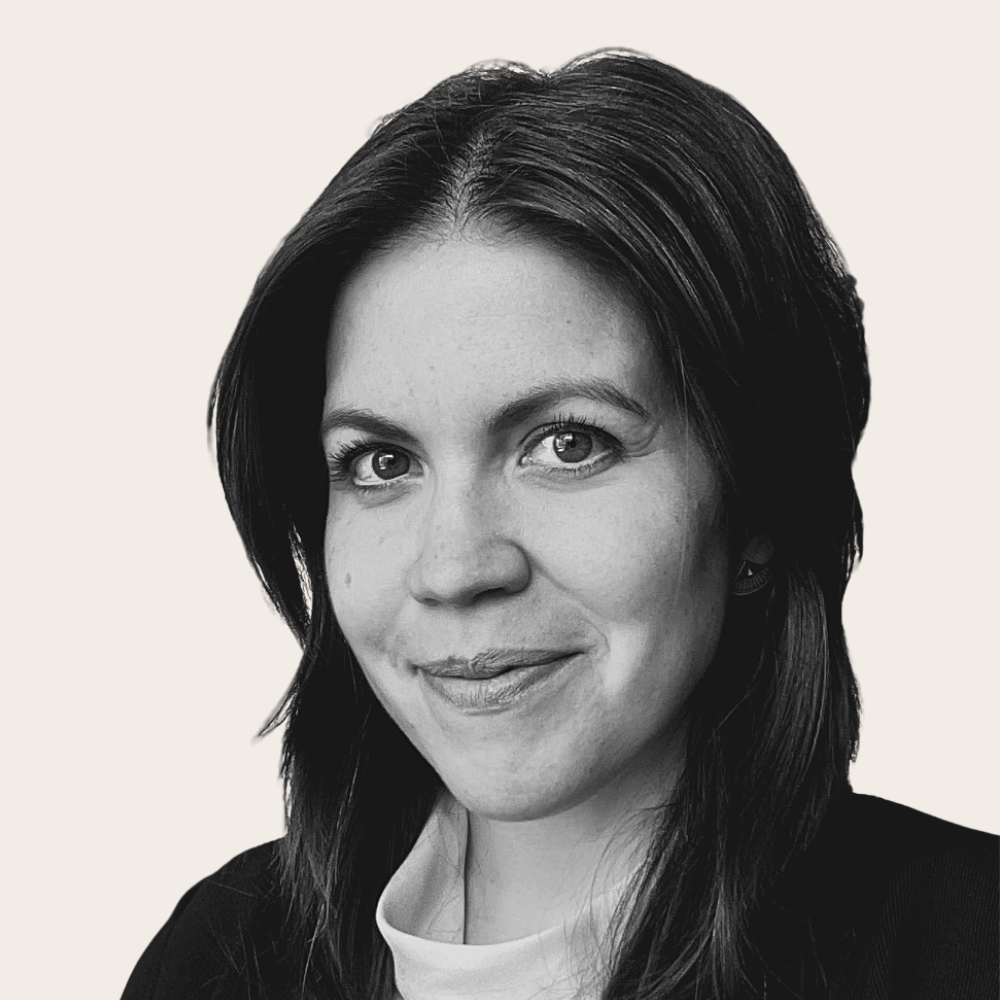
Why invest in organizational redesign?
Organizations often grow organically without much time to rethink how work, communication, power, and access flow through the team.
And yet, when we ignore the structure of our teams—especially our leadership teams—we see the downstream impact in all the wrong places. Culture gets cranky. Staff disengage. Workarounds abound. And yes, even your mission can become a source of confusion when the team isn’t aligned to execute it together.
To explore this, I interviewed three recent clients who successfully redesigned their organizations. None of the featured organizations included reducing staff or team size as a goal or outcome. Their insights reveal common themes and lessons that can inspire leaders ready to tackle this exciting (truly!) challenge.
Five Key Concepts
A successful organizational redesign doesn’t happen by accident: it requires careful planning, collaboration, and attention to the human side of change. Here are five key concepts to guide leaders through the process.
1. Outside consultants can provide outsized impact.
We know how busy senior leaders are. If you have reached the point where you need to rethink your organizational structure, chances are you have too much on your plate already. An organizational redesign process takes time and mental energy that can be impossible for many executive directors to conjure. When I asked our clients why they decided to engage an outside consultant to tackle organizational design questions, they shared three main reasons:
- Capacity: Suddenly finding the hours/days/weeks needed to rethink their organizational design while handling your overflowing plate and shifting mental gears is not often feasible. I’ve been there and needed the outside help when I was leading organizations.
- Expertise: Every leader has rich empirical data to bring, but what if your data set could be ten, twenty, or thirty times larger? Working with an outsider who has lived this many times over can mean you learn from the mistakes of others and not just your own.
- Perspective: An outside pair of eyes can affirm a vision, ask the sticky questions, be a sounding board throughout the process, and provide the partnership and permission needed to stay focused on the redesign.
💡Action Tip: Look for a consultant who understands your sector and aligns to your values.
2. The org chart tells only part of the story.
Org charts show reporting lines, but they don’t reflect how work gets done or who has the tools to succeed. When we work with partners on an org redesign, we look for all the ways that structure is actually sabotaging impact and effectiveness, hurting morale, and tamping down achievement for individuals and teams.
Case Study: More hierarchy CAN mean more support. When we worked with Young Community Developers (YCD) to support their leadership team redesign, we found an organization that was structurally flat. With twenty direct reports to the CEO, the structure was unsustainable, and the leaders were not set up for success in their goal of supporting their tightknit and talented team members throughout the organization. Adding a layer to an organization can feel incompatible with values to community-based organizations: it can feel like you’re creating a barrier between the CEO and the team implementing the program. But at 125 people, Dion-Jay L. Brookter, CEO and Aisha Blackwell, Chief People and Operations Officer understood it was time for YCD to create an intentional leadership team to uplift and support all staff—and they did all the thoughtful and tender work to make that happen in lockstep with DRG. Now, they have a team of four executives supporting Directors who lead departments and teams. Beyond that, they embedded new organization-wide supports and programs to develop leaders throughout YCD.
💡Action Tip: Look beyond the org chart to understand how workflow, decision-making, team dynamics, and other factors impede success.
3. Staff engagement and communication is critical.
Change can be a morale killer if we don’t engage the team and communicate well. How often, transparently, and clearly leaders communicate to their teams needs to be carefully considered and constantly revisited. Knowing when to solicit input and advance feedback can be tricky to navigate, but pausing to figure it out is always worthwhile.
Case Study: Receptivity has long-term benefits. When Jenay Nurse Guilford stepped into her role as Executive Director at Center for Appellate Litigation, she found an organization that was ready for change but lacked a clear path forward. Jenay was sure there was some restructuring to do but didn’t presume to have the answers herself. She met with every member of staff to get to know them, understand their pain points and frustrations, witness their motivations, and learn from them what potential they saw. From these conversations, she began a process of restructuring with the organization’s mission in mind. As a public defense organization, resources were always going to be tight, but there were strategic ways to create role clarity, alignment, and focus and to set people up for success at all levels of the organization. When communicating the changes, she encountered pushback in an area that was not make-or-break—so she took the feedback from the people impacted and switched gears. Her ability to put her ego aside meant she bounced back quickly—and what could have been a derailer turned into a speedbump.
💡Action Tip: Create a communication plan outlining when and how updates will be shared and ensure two-way feedback opportunities.
4. The hardest work starts once all the decisions are made.
Creating the space to gather input, review data, envision a new org design, and plan implementation requires so much energy from leaders. Along the way, you’re processing the change, socializing it within the small group involved, and starting to shift mentally to the new design over the course of months. But the hardest work begins once you have made the decisions and are ready to implement. Dion-Jay L. Brookter captured this feeling when he shared that at the end of the decision-making process, the biggest challenge was to understand “This is when the work really needs to get started.”
Case Study: When Charles Twichell and Carolynn Brunette (now Co-Executive Directors) at Prince Charitable Trusts reached out, they knew they had some structural challenges to work through and sought to tackle them thoughtfully and in advance of some anticipated retirements. We spent significant time together interviewing their team to understand roles, capacity, and workflow and to discuss the numerous ways that their structure was hindering effectiveness. Workshopping and making decisions was a demanding process, but the moment decisions were codified, Charles and Carolynn realized that the really challenging process lay ahead: continuing to engage and communicate with the team, implementing changes and shifts to roles, and then practicing these new ways of working together. When you have been a team with well-worn pathways of connection, it can be shocking to chart new ones. They brought humility and vulnerability to the process and summed it up nicely with, “No matter how beautifully you have laid out a plan and a roadmap, it may take longer than you think because unexpected things will come up and you have to work through them.”
💡Action Tip: Build a phased implementation plan with check-ins to sustain momentum.
5. All change involves loss.
When we talk about organizational change management, it’s helpful to remember that grief tangles up the process for different team members in all sorts of ways. Whether a change is net wonderful or devastating (or typically somewhere in between), people are losing something in the process. They may be losing a sense of who they once were with a shift in roles. They may be losing a part of their job they take great pride in, even if it’s their idea to let it go. They may be grieving a shift in relationships between peers or teams or colleagues. Knowing grief will hit in unexpected ways can help leaders respond effectively in the moment.
💡Action Tip: Create space for staff to process change and provide clear support for transitioning into new roles.
Closing Reflection
Change is inevitable, but intentional redesign can create opportunities for growth and alignment and set the team up for success. By keeping these five concepts in mind, leaders can navigate challenges and build a structure that empowers their teams and fulfills their mission.
A special thanks to the following leaders for sharing their wisdom for this piece:
Jenay Nurse Guilford, Executive Director, Center for Appellate Litigation
Dion-Jay L. Brookter, Executive Director and Aisha Blackwell, Chief People and Operations Officer, Young Community Developers
Carolynn Brunette and Charles Twichell, Co-Executive Directors, Prince Charitable Trusts

